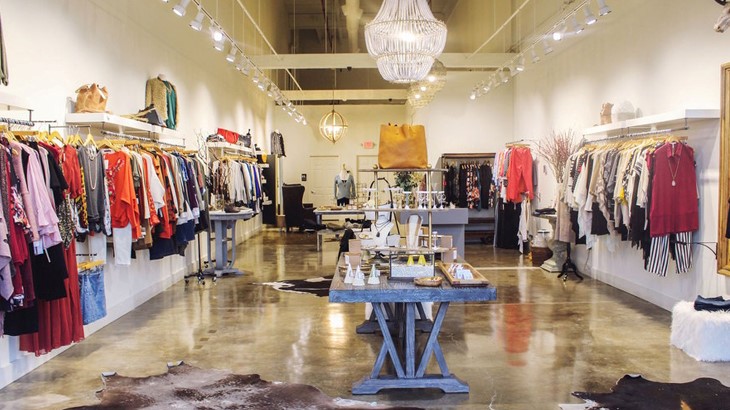Introduction
Opening a fashion boutique is an exciting venture that combines creativity, business acumen, and a passion for style. Whether you’re envisioning a chic urban store or a cozy neighborhood shop, establishing a boutique involves careful planning and execution. Here’s a comprehensive guide to help you navigate the process.
- Define Your Niche and Brand Identity
Before diving into the logistics, it’s crucial to define the niche your boutique will serve. Consider the following:
- Target Audience: Are you catering to young professionals, eco-conscious consumers, or luxury shoppers?
- Product Range: Will you offer women’s apparel, men’s fashion, accessories, or a combination?
- Brand Aesthetic: What vibe do you want your boutique to convey? Modern, vintage, minimalist, or eclectic?
Establishing a clear niche and brand identity will guide your decisions on inventory, store design, and marketing strategies.
- Conduct Market Research
Understanding the local market is vital. Research your competitors, identify gaps in the market, and assess the demand for your chosen niche. Tools like surveys, focus groups, and online research can provide valuable insights into consumer preferences and purchasing behaviors.
- Develop a Business Plan
A well-structured business plan serves as a roadmap for your boutique’s success. Key components include:
- Executive Summary: An overview of your boutique’s mission and vision.
- Market Analysis: Insights into your target market and competitive landscape.
- Marketing Strategy: Plans for promoting your boutique and attracting customers.
- Operational Plan: Details on daily operations, staffing, and inventory management.
- Financial Projections: Budget estimates, funding requirements, and revenue forecasts.
- Choose a Legal Structure and Register Your Business
Decide on the legal structure of your boutique—options include sole proprietorship, partnership, limited liability company (LLC), or corporation. Each has different implications for taxes, liability, and management. Once decided, register your business with the appropriate local authorities and obtain any necessary licenses or permits.
- Secure Funding
Determine how much capital you’ll need to start and sustain your boutique. Sources of funding may include personal savings, bank loans, investors, or small business grants. Ensure you have a solid financial plan to cover startup costs such as inventory, lease deposits, renovations, and marketing expenses.
- Find the Perfect Location
Selecting the right location is critical to your boutique’s success. Consider factors like foot traffic, visibility, proximity to complementary businesses, and rental costs. Whether you’re opening in a bustling city center or a trendy neighborhood, ensure the location aligns with your brand and target audience.
- Design Your Store Layout and Interior
The interior design of your boutique should reflect your brand’s aesthetic and create an inviting atmosphere. Plan the layout to facilitate easy navigation, highlight key products, and provide a comfortable shopping experience. Invest in quality fixtures, lighting, and signage to enhance the overall ambiance.
- Source Inventory
Curate a collection of products that resonate with your target market. Build relationships with suppliers, attend trade shows, and stay updated on fashion trends to ensure your inventory remains fresh and appealing. Consider offering exclusive items or limited-edition pieces to differentiate your boutique.
- Implement a Point of Sale (POS) System
Choose a reliable POS system to manage transactions, track inventory, and analyze sales data. A good POS system can streamline operations and provide valuable insights into your boutique’s performance.
- Develop a Marketing Strategy
Promote your boutique through a combination of traditional and digital marketing strategies:
- Social Media: Utilize platforms like Instagram, Facebook, and Pinterest to showcase your products and engage with customers.
- Email Marketing: Build an email list to send newsletters, promotions, and updates.
- Events: Host launch parties, trunk shows, or styling workshops to attract foot traffic.
- Local Advertising: Advertise in community newspapers, magazines, or through local partnerships.
